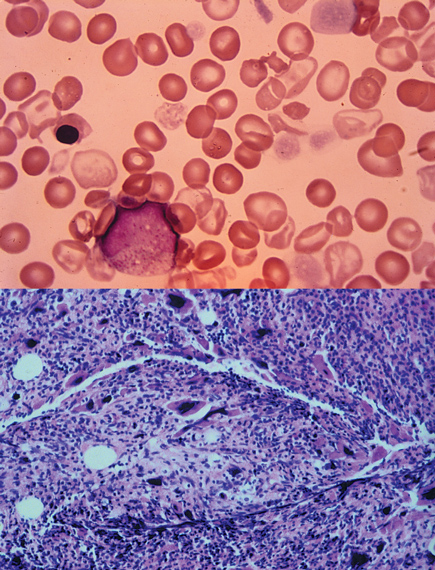Will you be ready for ICD-10?
Even though ICD-10 has been delayed, it is important to continue planning for the eventual transition.
Although the ICD-10 compliance deadline of Oct. 1, 2014, is two years away, it is important to continue planning for the transition. Changing to the new diagnosis code set will touch almost every area of your practice, but with adequate preparation, the transition can go more smoothly. Don't become complacent. Use the extra time wisely to minimize the disruption later.
The following checklist can help keep your efforts on track with your transition.
Perform an impact analysis. Where are ICD-9 codes used now? This will help determine how work flow and business practices potentially change. The superbill is the most obvious one, but there may be other forms that have pre-printed diagnosis codes, such as lab and radiology order forms, scheduling and registration forms, consultation requests, and referral forms. What other work flows need diagnosis code information and how will those work flows need to be adapted? What office systems are affected, such as practice management, electronic health records (EHRs), quality reporting, e-prescribing, and so on?
Perform a documentation assessment. Because of the increased granularity of the new codes, more specific information will be needed. How that specificity is documented will be critical and will take practice. While it will not be difficult to document appropriately once accustomed to it, it will take time learning what will be needed. For instance, laterality will be needed, as will cause of injury or date of onset, which are not details always documented before.
Assess who will need training. Who in your office will need what ICD-10 resources and training? For instance, billing and coding staff, clinicians, clinical staff, and management will need different levels of understanding. Some will need code books or coding software. Others will need training in coding or documentation. Some may need a more basic understanding of anatomy and diseases. Some will do fine with online training while others may need something in person. Will the local hospital or independent practice association provide any support or training?
Educate staff and leadership about ICD-10. Start now by appointing an ICD-10 coordination manager and establishing a “steering committee” to manage the transition. Begin learning about and training staff on changes in documentation requirements from health plans and how this will affect work flow. Buy a code book. Download a coding app for your iPhone or iPad. Run a report of your most common diagnoses. When you have a few moments, look up how the codes will differ and what you might need to do differently.
Coordinate with external partners. Review your current contracts and contact practice management software and EHR system vendors, clearinghouses, billing services and payers. Will they be ready? When will they begin testing? If they cannot give you a date, when will they? If they will not be ready, will you need to build in time to replace? Do payer contracts need to be amended?
Plan a realistic budget. Prepare a budget that includes costs such as software upgrades, hardware and physician and staff training. Talk to your practice management software and EHR vendors, billing companies, labs, payers, hospital and other facilities. Will there be any fees or services needed? When are they expected to be ready? If they are not going to be ready, do you need to budget for replacement costs?
Get ready for testing. Request a testing plan to schedule from your vendor. Conduct internal testing within your clinical practice as well as external testing with payers and other external business partners after you have completed the planning stages.
More ICD-10 resources are online. Also, the CMS ICD-10 website has the latest news and resources to help you prepare.





